I have to start this review by digressing away from the Great War to a story of sorts about World War II. Back when the Internet was still a bit of a novelty I was encouraged to spend time exploring it to see how much useful information was available for picture research and I found myself reading what was effectively a blog by an American student discussing a trip to Normandy.
The lady visited several cemeteries and remarked that only the British offered something personal on the gravestones of their dead and it was quite special.
This book by Sarah Wearne is the third in a series where she has looked at the graves of British Commonwealth war dead from the First World War. She explains the relevance of the inscriptions placed by the families of the dead and we get a chance to understand how biblical and other religious texts were selected alongside pieces of classical or modern poetry and prose. Sometimes the people left behind words of their own or pointers to where they were from.
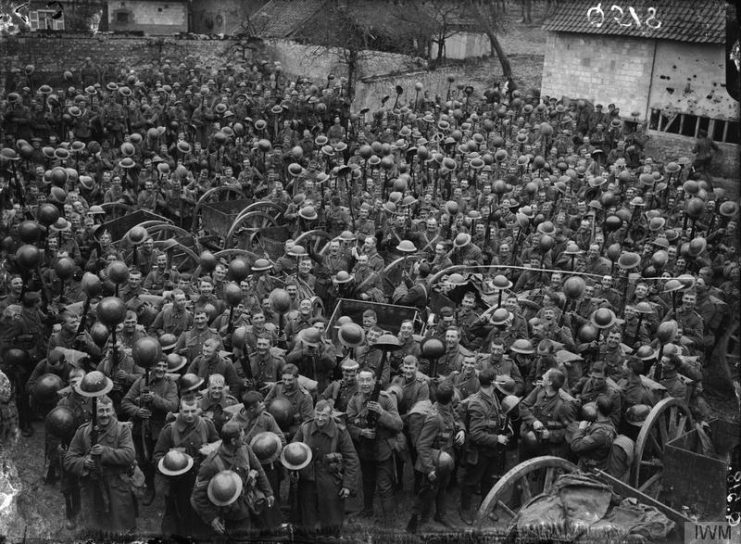
I have seen many Australian graves that name the towns and villages the casualty came from and there is one that sticks with me from Wimereux – Too Far Away For Us to See, Our thoughts Will Always Be With Thee – for a lad from New South Wales now resting not too far from the grave of the Canadian doctor John McCrae who gave us In Flanders Fields.
The path the British took to reach the design of headstone and what it could say about the deceased was a tortuous one along with so much else that had to be sorted out in the wake of the First World War. Religious groups saw the conflict as a Christian crusade against barbarism and demanded the headstone should be similar to the crosses eventually chosen by the United States and France, the latter after trying a number of designs.
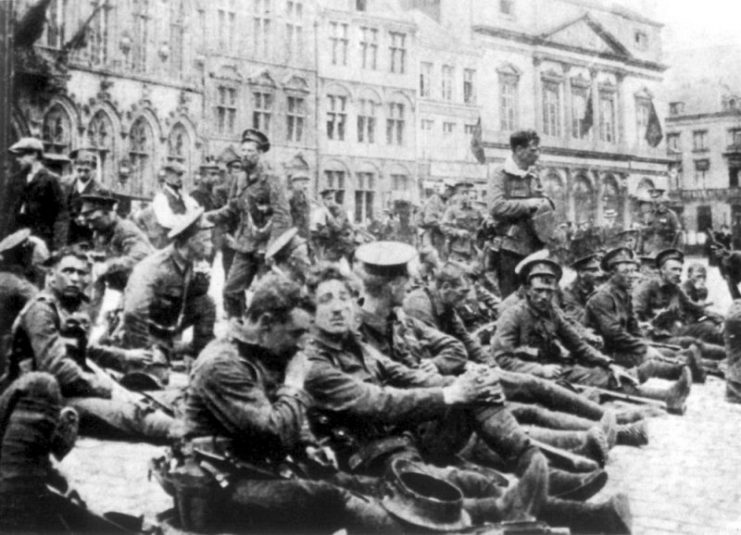
The simplicity of the eventual ‘winner’ was it allowed for a cross or Star of David or no religious symbol at all. It could accommodate the languages of people from the far reaches of the British Empire and all this below the regimental badge or other design of the organisation they served with. There was room for an inscription with a maximum of sixty-six characters. My great grandparents selected At Once the Roar of Battle, the Next in Peace With God for their second son Leslie.
It is striking how many graves have no inscription at all and I always find this sad, but it is fair to point out that the New Zealand government would not allow inscriptions on their people’s graves because of concerns over the ability of all families to meet the costs. Although British graves were planned to cost the taxpayer around five pounds each, the additional figure of a shilling per character for the inscription was eventually met to a great extent by the British government and this added to the expense. This was entirely fair.
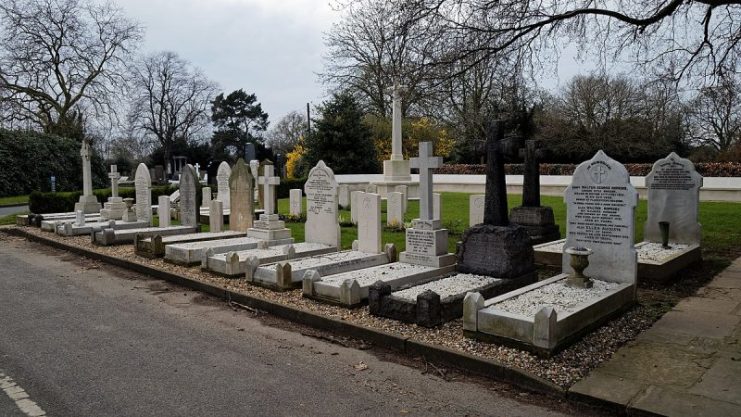
After well over fifteen years on the battlefield trail I can tell you that young lady I mentioned at the beginning is right. The very nature of many graves reminds us that the body in the soil was once a living person with a history of their own. The vast majority had families who mourned them deeply and to emphasise this you only have to visit Pheasant Wood at Fromelles to see the inscriptions placed on the graves of Australian soldiers who have recently been identified. These people still matter a century on from their deaths and this will not change after the centenary circus has left town.
Sarah Wearne has produced another book of beauty and sensitivity. She makes her subjects real and she selects them with enormous care. I would imagine she gets a great deal of satisfaction from finding plenty of detail about the casualty but she might also lament those for whom not much is known.
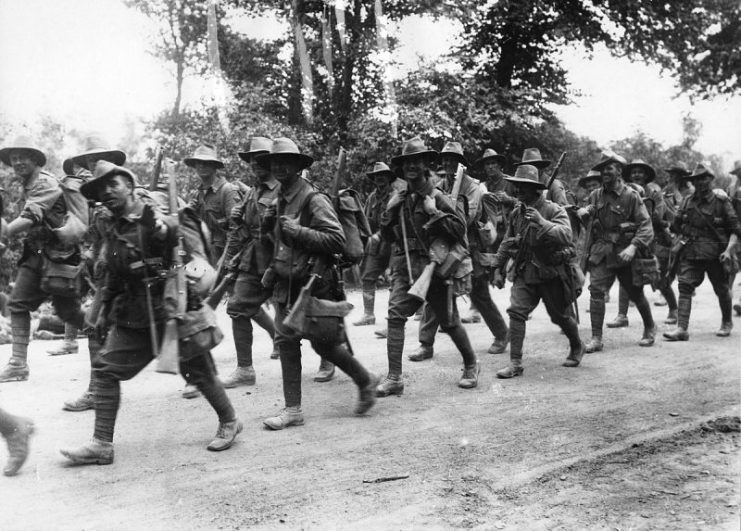
You don’t have to be British or from the Commonwealth to appreciate this book or its predecessors. Different countries have their own way of remembering their war dead but this book allows us all to keep the British dead as a kind of everyman for all the participants. There were butchers and bakers and candlestick makers with all the belligerent nations, just as there were men of wealth and substance, ne’er do wells and cowards. They have their lasting graves just as many thousands do not.
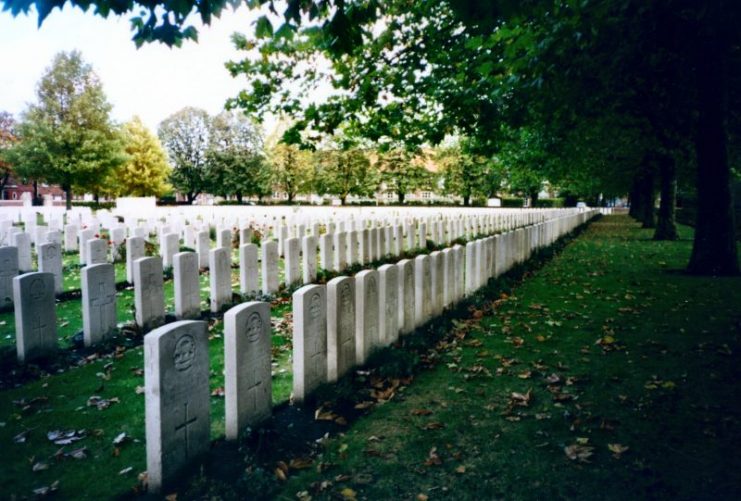
Rudyard Kipling has become an unfashionable writer in this modern world but he produced inscriptions for the unidentified men found at just about every Commonwealth War Cemetery on the planet and Their Memory Shall Not be Blotted Out is the one I find the most powerful. Now, of course, men like my great uncle Les are not forgotten and one hundred and three years after his death he is still with my family smiling down from the mantelpiece in a treasured photo.
Centennial commemorations that focussed so much on futility and tragedy have practically ignored the glory of the Hundred Days but the men who fought and died to achieve final victory in 1918 are as precious as those who stood at Mons in 1914 or walked into the storm at Beaumont Hamel and Sarah Wearne has insured their memory is secure, just as Kipling demanded.
Review by Mark Barnes for War History Online
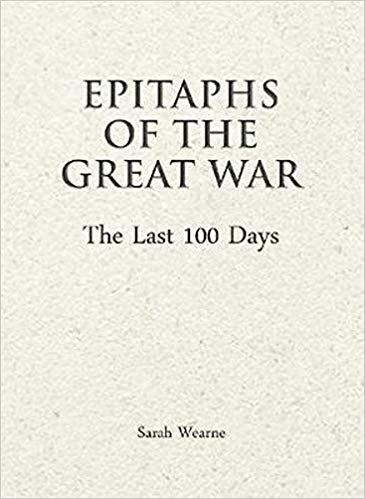
EPITAPHS OF THE GREAT WAR
The Last 100 Days
By Sarah Wearne
Uniform
ISBN: 978 1 911604 62 4
